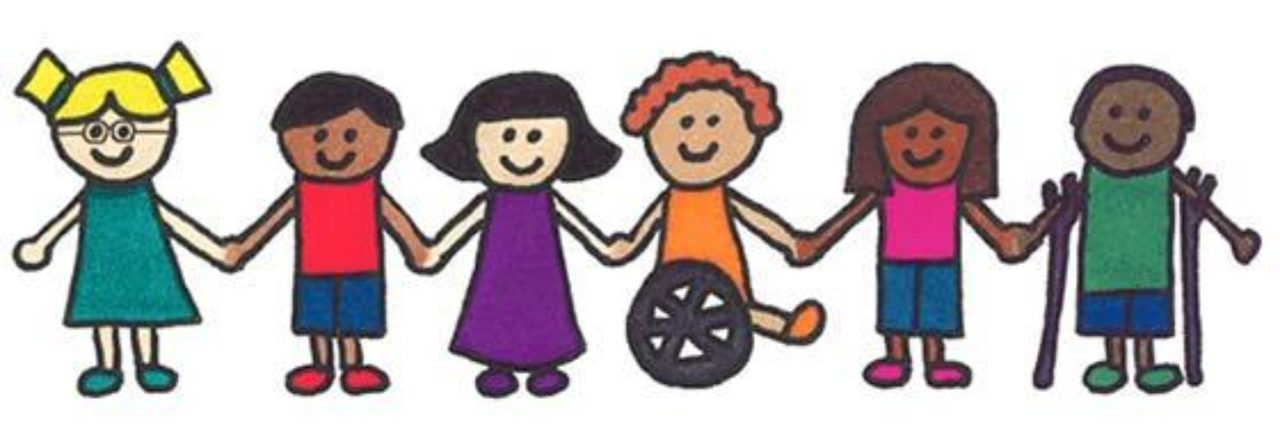Competency:
- Teachers will consider both academic and social goals when contributing to students’ IEP and goal planning processes.
I had the opportunity to interview Ken Ellis, who is a parent of a child with Autism. Ken also has strong connections to the education world, as he is currently a Learning Assistance teacher, a former classroom teacher, and is a licensed counselor. Please see my reflection on my interview with Ken Ellis, below the video clip.
Questions:
- When did you/your family first notice signs that your child may have extra needs?
- What was your child diagnosed with?
- At what age did your child receive their diagnosis?
- What emotions were attached to finding out your child’s diagnosis?
- What part do you see daycare/ECE settings play in Kindergarten transition for a student with a diagnosis/extra needs?
- What supports do you implement at home to support your child?
- At school, which supports/IEP goals do you advocate for to best support your child?
- Would you like your child to receive “pull out”/ “out of class” support such as: SLP, OT, etc, at school? Why or why not?
- What do you wish every teacher knew about your child’s diagnosis?
- What do you believe inclusion looks like for your child?
Permission Form:
Interview Recording:
Reflection:
For the inclusion portfolio assignment, I interviewed Ken Ellis. Ken is the parent of a child with autism, as well as a schoolteacher with a degree in counselling. This year Ken began his role as a LART at a local school in Merritt. During the 30-minute zoom interview, I was able to learn perspectives on various topics of inclusive education. The most eye-opening aspects from my interview with Ken included discussing the grief process parents face when their child receives a diagnosis, the information he provided on Social IEP goals, and his ideology regarding inclusion.
Ken described the emotions most parents face when their child receives a formal, concrete diagnosis. He spoke of a type of grief process that parents often encounter, stemming from the fear that a diagnosis will negatively impact the hopes and dreams parents have for their children (K. Ellis, personal communications, October 26, 2020). While I had imagined parents must face extreme emotions after such a diagnosis, I had not considered comparing it to a grieving process. Of course, each individual is different, and this must be noted. However, I feel this knowledge will help me better understand parents who might receive a diagnosis for their child while their child is in my class. Overall, Ken’s knowledge of the emotional ties to a diagnosis were helpful to learn about.
During the interview, Ken also discussed the importance of social IEP goals. Ken noted that research shows “making a friend makes all the difference” (K. Ellis, personal communications, October 26, 2020). This is a statement I whole-heartedly agree with, as through volunteering and work experiences I have seen the power of what a friend means for students on IEPs. Ken and I also talked about how fostering social skills takes direct teaching. As a prior EA, I know the importance of supporting friendship skills. However, I found it interesting that Ken mentioned that children often may receive the most help in class time, and less support during recess and lunch, when socialization takes place (K. Ellis, personal communications, October 26, 2020). Ken’s comments reminded me that IEP goals need to account for socialization just as much as academic goals, and to consider what support a child is receiving during ‘free time.’
Finally, I found Ken’s comments on what inclusion looks like for his children to be noteworthy. He explained that inclusion is individual (K. Ellis, personal communications, October 26, 2020). With my EA background, I did previously believe this to an extent. However, I still had the mindset that inclusion ultimately meant having the child in the classroom for full school days with their peers. This concept is defined as the “full inclusive movement, where those students with exceptional learning needs are part of the inclusive classrooms” (Stevens, 2019, p. 3). However, I am now learning this perspective is not necessarily the ideal version of inclusion for all students. As Ken mentioned, if his son is left in the classroom without breaks he will have a meltdown in front of his peers, which impacts him socially (K. Ellis, personal communications, October 26, 2020).
Due to Ken’s remarks in the interview on inclusion, I thought of how Stevens (2019) highlights the success behind “parent choice and parent voice” when selecting the “right fit” for students (p. 23). In fact, research shows “the explicit need for diverse and specialized education opportunities for students with learning disabilities” (Steven, 2019, p. 24). Ultimately, I am learning how inclusion is about providing what each individual needs to be successful.
With only a thirty-minute interview, I was able to expand my knowledge on inclusive education from a one parent’s perspective. It was helpful that Ken is also a teacher, LART, and counsellor as this created a well-rounded conversation. Overall, my interview with Ken provided me with specific ways to become a better inclusive educator.
